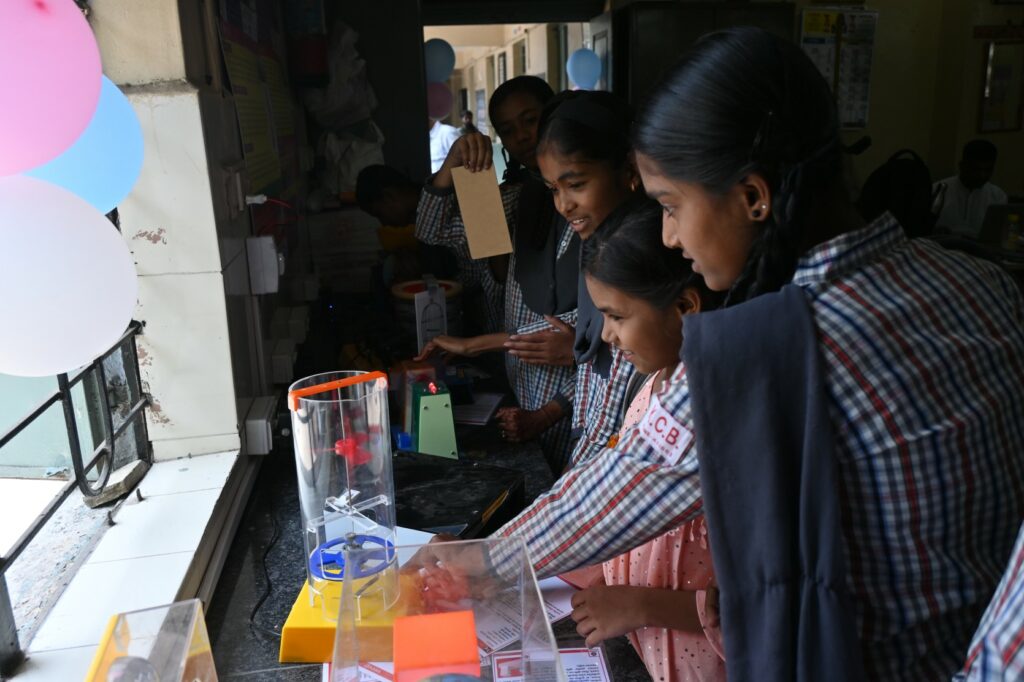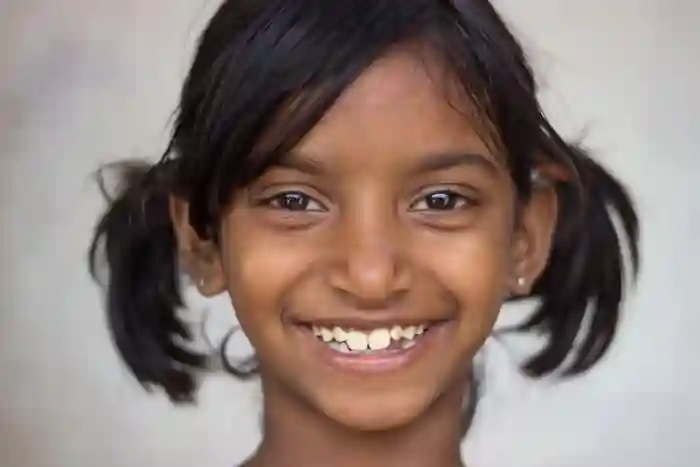
5 Benefits of Extracurricular Activities for Girls’ Personal and Academic Growth
Summary/TL;DR on Benefits of Extracurricular ActivitiesExtracurricular activities are essential for the transformation of girls' lives, particula....
Read MoreWhen girls receive quality education, they are better equipped to make informed decisions about their lives, contribute to their communities, and break cycles of poverty.
The government, recognising the transformative power of girls' education in India, has implemented comprehensive programs like Samagra Shiksha to boost enrollment rates and bridge gender gaps in education. These efforts have yielded positive results, with recent data showing increased enrollment of girls at all levels of schooling.
Read on to learn more about the importance of girl child education in India and how it is shapes the nation's future.

Recent data reveals a consistent increase in girls' enrollment across all levels of education. From 2018-19 to 2019-20, the Gross Enrollment Ratio (GER) for girls improved at primary, upper primary, secondary, and higher secondary levels (Source: Press Information Bureau Government of India Ministry of Education, 2021).
To support this positive trend, the government has implemented various initiatives under the Samagra Shiksha scheme. These include enhanced transport facilities to school, free uniforms and textbooks, more female teachers' appointments, and separate toilets for girls. A key component of this effort is the Kasturba Gandhi Balika Vidyalayas (KGBVs), which are residential schools for girls from disadvantaged groups.
As of November 2021, over 5,600 KGBVs were operating nationwide, enrolling 6.50 lakh girls. In Jharkhand alone, 203 KGBVs have been established, serving over 70,000 girls (Source: KGBV, 2020). These targeted interventions aim to bridge gender gaps and ensure equitable access to education for all girls across India.
Also Read: Reducing child marriage in india
Girls' enrollment in schools across India faces numerous challenges, despite significant progress in recent years. These obstacles span various domains, from deeply ingrained social norms to practical issues of infrastructure and policy implementation. So, let's explore the key barriers that continue to hinder girls' enrollment and participation in education:
Many families, especially in rural areas, prioritise boys' education when resources are limited. Girls are often expected to contribute to household chores or engage in income-generating activities, leaving little time for schooling. Additionally, the costs associated with education, such as uniforms, books, and transportation, can be prohibitive for low-income families.
Child marriage, though illegal, still occurs in some communities, cutting girls' educational journeys. Gender stereotypes that undervalue girls' education and prioritise their domestic roles also contribute to lower enrollment rates. In some areas, concerns about girls' safety and family honour may lead to restricted mobility, further limiting their access to schools.
Insufficient or non-existent sanitation facilities, particularly separate toilets for girls, can be a significant obstacle. Long distances to schools pose safety concerns for girls, especially in rural areas. Additionally, the absence of female teachers in some schools can make parents hesitant to send their daughters to study.
While India has progressive policies aimed at promoting girls' education, implementation often falls short. Inadequate monitoring mechanisms, insufficient funding, and lack of coordination between different government departments can hinder the effectiveness of these policies. Moreover, gaps in addressing the specific needs of marginalised communities, such as scheduled castes and tribes, further exacerbate the challenges.
The Indian government has launched several initiatives to boost girls' enrollment, including the Beti Bachao Beti Padhao campaign and providing free education under the Right to Education Act. Schemes like mid-day meals and the distribution of free textbooks and uniforms aim to reduce the financial burden on families. However, the impact of these government schemes for girl child education in India varies across regions, and continuous efforts are needed to ensure their effective implementation and reach to the most vulnerable populations.
Also Read: Importance of mid day meal
At CRY India, we're committed to increasing girls' enrollment in schools across the country. We recognise that girl child education in India is a powerful tool for empowerment and social change. And we're working tirelessly to ensure that every girl has the opportunity to learn and grow. Our efforts focus on addressing the root causes of low enrollment, including poverty, social norms, and lack of access to quality education.
We collaborate closely with local communities, schools, and government bodies to implement targeted interventions. These include awareness campaigns to highlight the importance of girls' education in India, providing support to families to overcome financial barriers, and working to improve school infrastructure and safety. We also advocate for policy changes that promote gender equality in education.
At CRY India, we've launched the Poori Padhai campaign to address a critical issue in our nation's education system. Despite the Right to Education Act, of 2009, promising free and compulsory education for children up to age 14, only 3 out of 5 girls in India are enrolled in higher secondary education.
Our campaign aims to raise awareness about the importance of girls completing their higher secondary education and to help them overcome barriers such as societal norms, child marriage, and inadequate school infrastructure.
We believe that investing in girls' education is crucial for our nation's progress. A McKinsey study on gender equality shows that if all girls in India complete their education and join the workforce, our country could add $770 billion to its GDP by 2025. Through the Poori Padhai campaign, we're working to unlock this potential and create a brighter future for India.
Also Read: Educational schemes in india
The rising enrollment rates at all educational levels reflect a positive shift towards gender equality in education. However, the journey is far from over. Continued focus on education for underprivileged students, particularly girls, remains crucial. By addressing the unique challenges faced by disadvantaged communities and providing customized support through initiatives like KGBVs, India is working towards creating a more inclusive educational environment.
Also Read: Girls Education in India
NGOs contribute to girls' education in India by providing scholarships, creating awareness campaigns, and establishing learning centres in underserved areas. They also advocate for policy changes, support infrastructure development, and work with communities to address cultural barriers to girls' education.
Education significantly impacts the lives of girls in India by empowering them with knowledge, skills, and confidence to pursue better career opportunities and make informed decisions. Educated girls are more likely to marry later, have fewer and healthier children, and contribute to the economic and social development of their communities.
Some regions in India have lower girls' enrollment rates due to factors like poverty, cultural norms, early marriage, and inadequate school infrastructure. Additionally, safety concerns and long distances to schools further discourage families from sending their daughters to school.
Also Read: Female Infanticide